
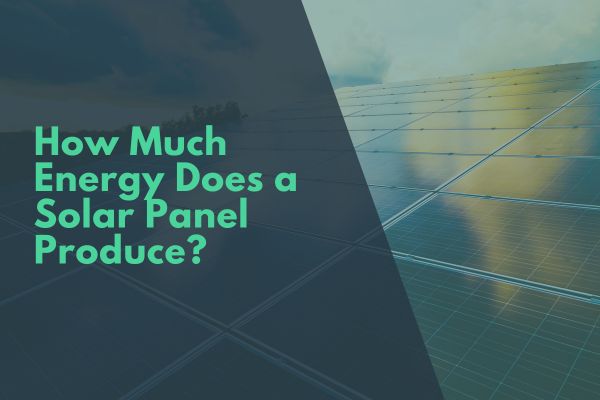
Solar panels have become a popular renewable energy source, offering a way to harness the sun's power to generate electricity. But how much electricity do solar panels actually produce?
Here, we'll dive into the factors affecting solar panel output, the efficiency of solar technology, and the practical considerations for homeowners considering solar energy.
We'll also provide insights into calculating the potential savings and understanding the real-world application of solar panels in our daily lives.
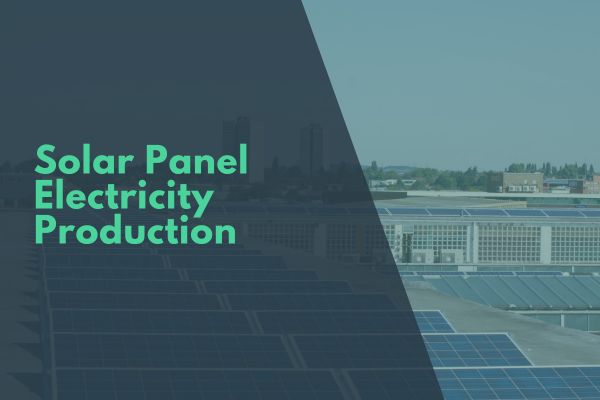
When it comes to solar panel output, the average hourly production is a key figure to consider. During peak sunlight, specifically around solar noon, panels are most efficient. This isn't a fixed time but varies between 11:40am and 1:10pm. Here's a snapshot of what you can expect:
Remember, these numbers are averages and actual output will fluctuate based on several factors, including the time of year and your system's location and orientation.
In summer, expect your panels to work overtime, with output 52% above the yearly average. Winter, however, tells a different story, with production dropping to 55% below average. This seasonal swing means you'll likely be purchasing grid electricity in winter and potentially selling excess in summer.
| Season | % of Yearly Average Output |
|---|---|
| Winter | 45% |
| Summer | 152% |
The size of your system also plays a role. For instance, a typical 430-watt panel covering 2 m² will yield about 372 kWh annually. To maximise your system's potential, consider the roof's orientation and angle—ideally, a south-facing roof at 40° will boost your solar electricity generation.
To get the maximum energy from solar power, it's important to understand the daily solar energy patterns. Typically, solar panels reach their peak production around midday to early afternoon, when the sunlight is at its strongest. Here's how I make sure my panels are performing optimally:
By focusing on these strategies, I've noticed a significant improvement in my solar panel efficiency, especially during those peak sunlight hours.
Remember, shading and obstructions can reduce output and even damage panels over time. It's essential to keep them clear. And while the output varies with seasons, I've found that a south-facing roof at a 40-degree orientation gives me the best year-round performance.
When considering how many solar panels to power a house, it's essential to look at yearly energy production estimates. These estimates help us understand how much energy a solar panel produces over an extended period, which is important for planning and cost calculations.
Choosing the right solar panel system involves balancing energy requirements, roof space, sunlight hours, and panel output. The number of panels needed depends on energy consumption, roof area, and panel wattage.
For instance, a typical household might consume around 2,700kWh annually. With an average production of 850kWh per year for a 1kW system, you'd need a system size that matches your consumption to be fully powered by solar energy. Here's a simplified breakdown:
Remember, these figures can vary based on location, panel efficiency, and other factors. For example, a 4.3kWp system in London might yield 3,223kWh, while the same system in Exeter could produce 4,665kWh annually due to regional sunlight differences.
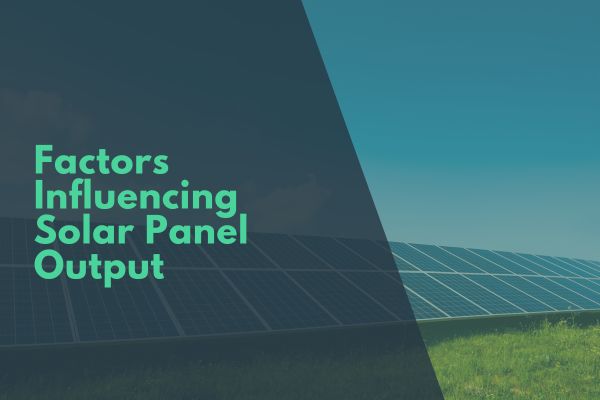
When it comes to making use of solar energy, location and weather play pivotal roles. I've seen firsthand how solar panel efficiency can vary dramatically based on where you live. For instance, solar panels in Exeter outperform those in London due to higher annual sunlight exposure.
Solar irradiance is influenced by factors such as time of day, geographical location, and atmospheric conditions.
Here's a quick look at how different UK locations compare in terms of solar output and consumption:
| Location | System Size (kWp) | Annual Output (kWh) | Annual Consumption (kWh) |
|---|---|---|---|
| London | 4.3 | 3,223 | 3,500 |
| Exeter | 4.3 | 4,665 | 4,750 |
| Norwich | 4.3 | 3,767 | 2,401 |
| Peterborough | 4.3 | 3,668 | 3,654 |
| Wigan | 4.3 | 3,629 | 3,500 |
Remember, it's not just about the amount of sunlight. Factors like roof orientation, shading, and even the type of inverter can significantly impact your solar panel's performance.
When arranging the needs for solar energy, the orientation and angle of your solar panels should be taken into consideration. Here's what I've learned about positioning for maximum efficiency:
It's not just about direction, though. The angle of your roof affects performance too. A pitch of 30 to 40 degrees is often recommended, but solar panels are adaptable. They can still perform well at various angles, and some mounting systems even allow for adjustments to follow the sun's path.
Remember, even on cloudy days, your solar panels will continue to generate electricity from diffused daylight.
Here's a quick look at how different orientations compare in terms of potential energy output:
| Roof Orientation | Estimated Output (% of optimal) |
|---|---|
| South | 100% |
| East/West | 75-85% |
| North | 55% |
While the ideal setup would have panels positioned perpendicularly to the sun's rays, practical constraints like roof design and local weather patterns must be considered. It's a balancing act, but with the right setup, you can maximise your solar gains.
As a solar panel owner, I've noticed the ebb and flow of energy production with the changing seasons. It's clear that the time of year plays a crucial role in how much electricity my panels generate. Here's what I've learned:
The seasonal tilt of the Earth not only affects our weather but also how effectively our solar panels work. During winter, I brace for a decrease in solar output, which means relying more on grid electricity.
Here's a snapshot of how my system performs across the seasons, based on a 6kWp setup in Essex:
| Season | Estimated Daily Output (kWh) |
|---|---|
| Spring | 17.5 |
| Summer | 25 |
| Autumn | 17.5 |
| Winter | 4.9 |
This table illustrates that nearly 70% of my annual solar energy comes between March and August, with the remainder collected from September to February. It's a pattern that's important to understand for anyone considering solar energy as a viable option.

When I decided to go solar, I learned that efficiency is key. The average efficiency of solar panels hovers around 20%, but I discovered models boasting up to 24% efficiency. Here's the deal: higher efficiency means fewer panels to generate the same amount of energy.
It's a balancing act, though. More efficient panels often come with a heftier price tag. But, if you're tight on space or want to maximise your roof's potential, they're worth considering.
The solar industry is witnessing a surge in technological innovations that are revolutionising how we use the sun's energy. Bifacial panels are a game-changer, capturing sunlight from both sides and utilising reflected light to boost electricity production. This is particularly beneficial in areas with high albedo surfaces, like white rooftops or snowy grounds.
Solar panel efficiency has soared, with some panels achieving over 22% efficiency and outputs ranging from 400W to 600W. The N type silicon cells in the panels I recommend guarantee less than 0.25% power output loss annually over 25 years, ensuring at least 90% output after a quarter of a century.
The relentless pursuit of innovation in solar technology not only enhances performance but also extends the lifespan and reliability of solar installations, making solar energy an increasingly attractive option for both residential and commercial applications.
I've come to realise that solar batteries are game changers. They store excess solar energy, allowing me to use it when the sun isn't shining. This means I can enjoy solar power even at night or during cloudy days, significantly reducing my reliance on the grid. Here's how batteries make a difference:
Investing in a solar battery aligns with my goal of maximising the electricity my solar panels generate. It's not just about storing energy; it's about smartly managing my home's power needs to ensure I'm using my solar investment to its fullest potential.
The initial cost of a solar battery can be steep, ranging from gbp1,700 to gbp4,000. However, the long-term savings and the peace of mind that comes with energy autonomy make it a worthwhile investment for me.
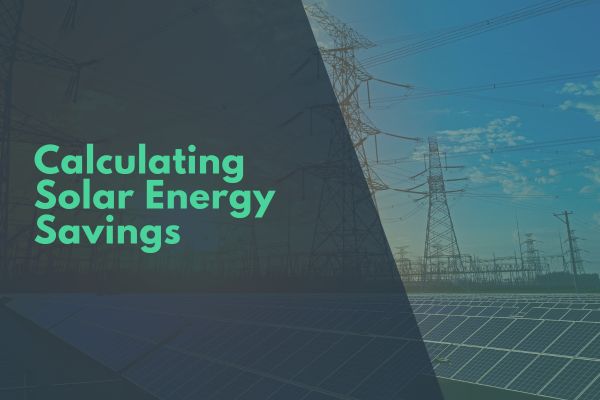
When I set out to estimate my solar panel system's output, I started with the basics: understanding the average solar panel output per square metre. It's about 186 kWh per year. Given that most solar panels are roughly 2 m², this means a typical 430-watt panel could generate around 372 kWh annually. But remember, the actual space your system occupies on the roof matters, as you'll need room for installation and airflow.
Here's a quick breakdown of what to expect across the seasons:
| Season | Estimated Output (% of Max) |
|---|---|
| Winter | 11% |
| Spring | 25% |
| Summer | 38% |
| Autumn | 22% |
Note: These figures are rough estimates. Your home's energy needs and solar potential may vary significantly.
To get a precise figure, it's essential to consult with a solar panel expert who can assess your specific situation. They'll consider factors like roof size, orientation, and local weather patterns. This step is crucial because, as we know, solar panel output is not consistent year-round. In summer, when the sun is high and days are long, panels are most productive. Conversely, output drops in winter when days are short and the sun is low.
Investing in solar panels is not just about going green; it's a strategic financial decision. The initial cost of solar panel installation may seem steep, but the long-term savings are substantial. Here's a breakdown of the financial perks:
The beauty of solar energy is that once you've overcome the initial investment, the benefits continue to accrue, making it a wise economic choice for many homeowners.
The table below illustrates the potential annual savings and SEG income based on system size:
| System Size | Annual Savings | SEG Income | Payback Period (Years) |
|---|---|---|---|
| Small | £100 - £200 | £50 - £100 | 10 - 20 |
| Medium | £200 - £400 | £100 - £200 | 7 - 15 |
| Large | £400 - £600 | £200 - £300 | 4 - 10 |
Remember, these figures are estimates and will vary based on your specific circumstances, such as location, system efficiency, and energy consumption patterns.
Calculating potential savings with solar panels involves understanding your current energy usage, the capacity of the solar panel system you're considering, and the initial costs versus long-term benefits. Here's a simple guide to get you started:
Remember, the goal is to reduce your energy bills and contribute to a greener planet. Every kilowatt-hour (kWh) generated by your solar panels is a step towards that goal.
Here's a quick look at potential savings based on house size and solar system size:
| House size | Solar system size | Solar panel costs | Electricity generated per year (kWh) | Average electricity consumption (kWh) | Annual savings | Savings after 25 years | Break even point (Years) |
|---|---|---|---|---|---|---|---|
| Small; 1-2 bedrooms | 3kW | £7,000 – £8,000 | 2,550 | 1,800 | £515 | £12,875 | 14 |
| Medium; 2-3 bedrooms | 4kW | £9,000 – £10,000 | 3,400 | 2,700 | £770 | £19,300 | 12 |
| Large; 4-5 bedrooms | 6kW | £12,000 – £13,000 | 5,100 | 4,100 | £1,175 | £23,325 | 11 |
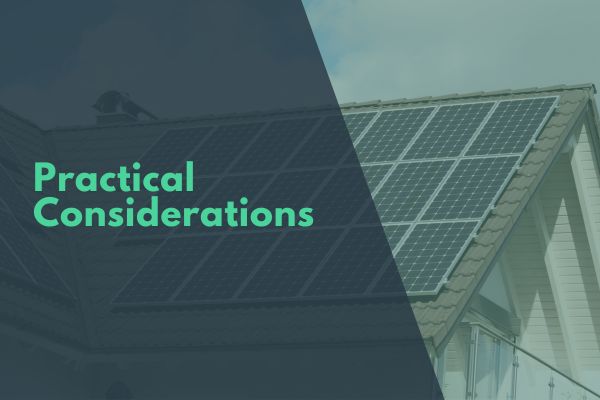
Solar panels are akin to double-glazed windows in terms of durability. They're built tough, with a sturdy glass layer protecting the silicon heart inside. But even the toughest warriors need a little upkeep. Here's how to keep your solar sentinels in top shape:
The lifespan of a solar array hovers around 25 years, but it's not a set-and-forget deal. The inverter, the brain of the operation, might need a swap out at least once in that time. Make sure it's the right fit for your system to keep the electricity flowing smoothly.
Solar panels may be robust, but they're not invincible. Regular checks and cleaning are a must to ensure their longevity and sustained performance.
Choosing the right solar panel installer is important for maximising the benefits of your investment. Here's what to keep in mind:
Remember, a trustworthy installer is not just about the initial installation, but also about providing long-term value and support.
When you're ready to make a decision, these considerations will guide you to a wise choice that guarantees quality, efficiency, and peace of mind.
Living with solar panels isn't just about enjoying lower energy bills; it's a commitment to a sustainable lifestyle. Solar panels on a house absorb sunlight, convert it to electricity, balance power with the grid, and maximise solar energy. Here's what I've learned:
While solar panels can provide 100% of your electricity on sunny days, the reality is that you'll need a balanced approach to energy use throughout the year.
Understanding the nuances of solar energy has been necessary to maximising my investment. From choosing the right panel types to considering the factors for optimal placement, every detail counts.

Lloyd Greenfield brings over a decade of experience in the heating and renewable energy industry. After training as a gas and heating engineer, Lloyd established Glow Green on the foundation of his technical expertise and passion to provide the UK with a better service.
Lloyd Greenfield is an industry expert in PV solar, battery storage, EV car charging, boilers, air conditioning, and heat pumps.